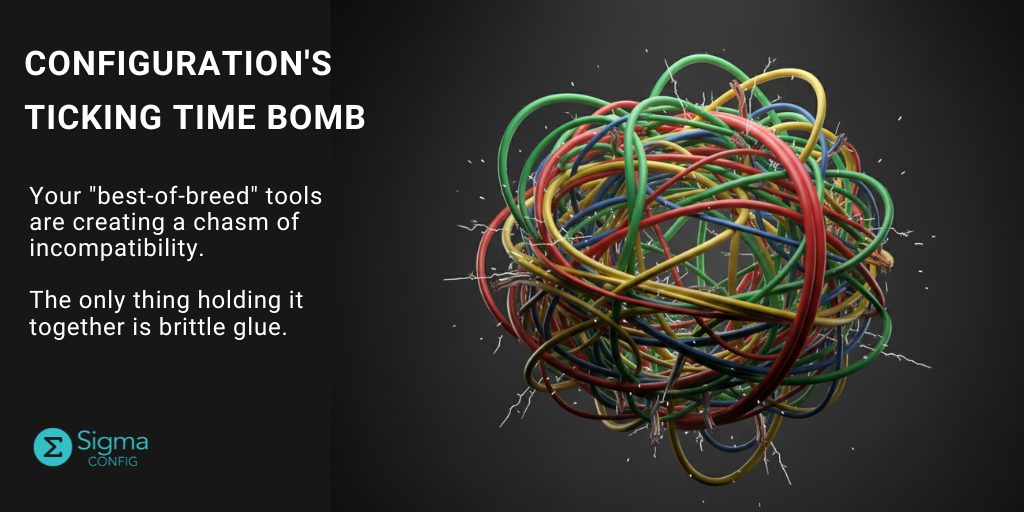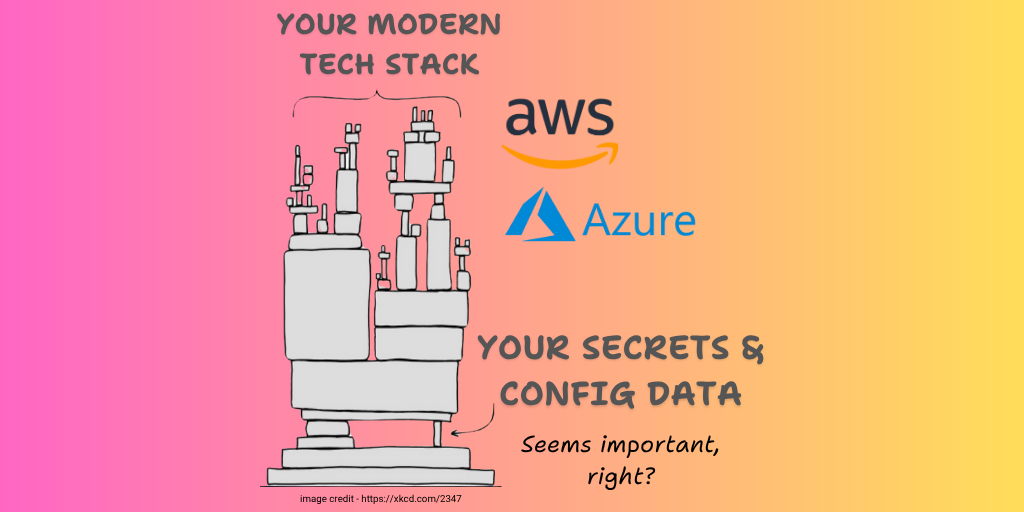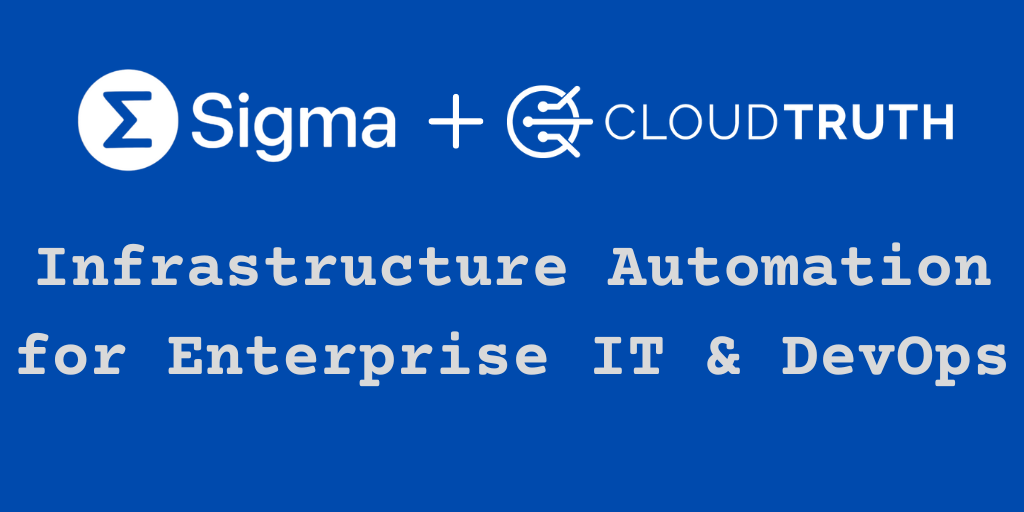
TL;DR: You’re fighting configuration complexity with more complexity.
By adopting a “best-of-breed” tool for every configuration task (data, schema, policy, templating, deployment), you’ve unknowingly created a fragmented, brittle system.
This “Configuration Chaos Spiral” leads to redundant work, missed validations, and a terrifying blind spot in your operations.
Remember the promise? “Choose the right tool for the job!”
As DevOps leaders, we have wholeheartedly embraced this mantra. We carefully selected specialized tools for every facet of our infrastructure and application configuration:
- YAML or JSON for data serialization (simple, ubiquitous).
- JSON Schema for defining data structures (rigorous!).
- Helm or Kustomize for templating and packaging (DRY!).
- Terraform HCL for Infrastructure as Code (Powerful!)
- Kubernetes Manifests for orchestration (declarative!).
- Open Policy Agent (OPA) for policy enforcement (flexible!).
- GitHub Actions / Jenkins / GitLab CI for automation pipelines (everything-as-code!).
- Customized DSLs, such as Nginx or HAProxy, for specific services (optimized).
On paper, this is a dream. Each tool excels at its specific task. You’ve built a robust, modern toolchain.
But in reality, you’ve created a Frankenstein’s monster of disconnected systems. And it’s silently eroding your team’s efficiency, your system’s reliability, and your organization’s bottom line.
The Myth of “Right Tool for the Job”
The fatal flaw in the “best-of-breed” approach to configuration is that it presumes configuration tasks are isolated. They are not.
Configuration is inherently holistic. A single configuration value often flows through multiple layers: a Helm template, a YAML file, validated by a JSON Schema, enforced by an OPA policy, applied by Terraform, and finally consumed by Kubernetes.
When you use a different tool for each step, you introduce:
- Context Switching Overhead: Engineers waste time learning and mastering multiple syntaxes, paradigms, and CLI commands. They’re constantly translating concepts between tools that don’t natively understand each other.
- Redundant Validation Logic: You find yourself writing similar validation rules in different places. A field needs to be a positive integer? That’s in your JSON Schema, and possibly an OPA policy, and maybe a pre-commit hook in your CI pipeline. Every time, it’s a new implementation in a new language.
- Fragmented Source of Truth: Where does the real policy live? Is it in the schema, the OPA policy, the custom linter, or the tribal knowledge of the most experienced engineer? This ambiguity leads to inconsistencies and, eventually, failures.
- “A Big Gap” in Validation: Most configuration languages or tools do not have built-in verification. You end up building bespoke validation engines for each configuration dialect, a Sisyphean task. The result? Most organizations fail to validate nearly enough, leaving significant security, cost, and reliability gaps.
You’re spending more time connecting your “best-of-breed” tools than actually configuring your systems.
The Inevitable Outcome: A Configuration Chaos Spiral
This isn’t just about inefficiency. It’s about mitigating risk:
- Production Outages: Without a unified validation framework, a simple schema change can break a templating engine, or a policy update can silently invalidate critical infrastructure, leading to the kind of 3 AM incidents you dread.
- Compliance Nightmares: Can you definitively prove that all your configurations, across all your tools, adhere to the latest security policies? If your policies are fragmented across OPA, custom scripts, and admission controllers, the answer is almost certainly no.
- Developer Burnout: Engineers are increasingly burdened by the plumbing problem: the endless task of stitching together disparate tools. They spend less time innovating and more time debugging inconsistencies caused by fragmented tooling.
- Stifled Innovation: The fear of breaking the fragile web of inter-tool dependencies makes teams hesitant to refactor, upgrade, or even clean up old configurations. Your configuration debt grows, slowing down everything.
The Illusion of Control: “We Built a Linter for That”
You’ve probably reacted to these pain points by building more custom tooling. You’ve written specialized linters for Terraform HCL, custom parsers for Nginx configs, and bespoke scripts to transform data between YAML and JSON.
This feels like progress. You’re addressing immediate pain.
However, you’re merely adding another layer to the chaos spiral. Now, not only do you have N configuration tools, but you also have M custom glue layers and P custom validation engines, each needing maintenance, updates, and documentation. You’ve replaced one complex problem with many more, and the overall system is more opaque and brittle than ever.
It’s Time to Unify Your Configuration Universe
The solution isn’t to buy more specialized tools. It’s to find a way to bring them together. To move beyond individual YAML, JSON Schema, templating, and policy engines, and instead adopt a single, powerful engine that can:
- Unify Data, Schema, and Policy: Define your configuration, its valid structure, and permissible values in one place, using a single language.
- Automate Validation: Catch errors early in the authoring cycle, shifting left from runtime failures to pull request feedback.
- Reduce Boilerplate: Intelligently generate boilerplate while ensuring correctness, so engineers can focus on the essential, high-value fields.
- Speak Many Dialects: Seamlessly integrate with your existing Terraform, Kubernetes, and custom configurations without requiring a complete rewrite.
By confronting the Configuration Chaos Spiral directly, you can stop plugging holes with brittle scripts and start building a truly consistent, verifiable, and manageable configuration landscape.
The alternative is to remain stuck in a cycle of complexity, where every new tool adds another thread to an already tangled web.
Join ‘The Pipeline’
Our bite-sized newsletter with DevSecOps industry tips and security alerts to increase pipeline velocity and system security.


